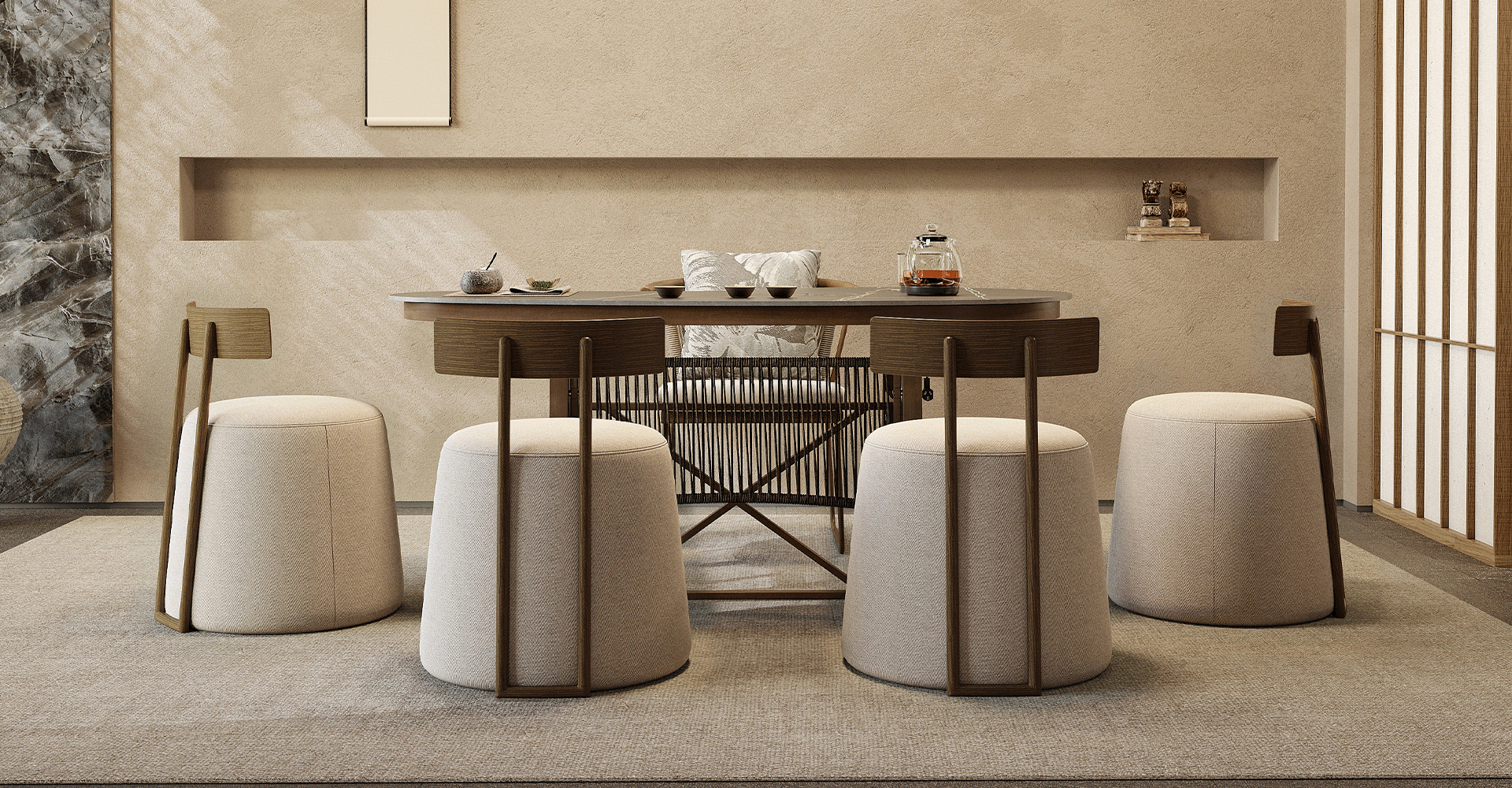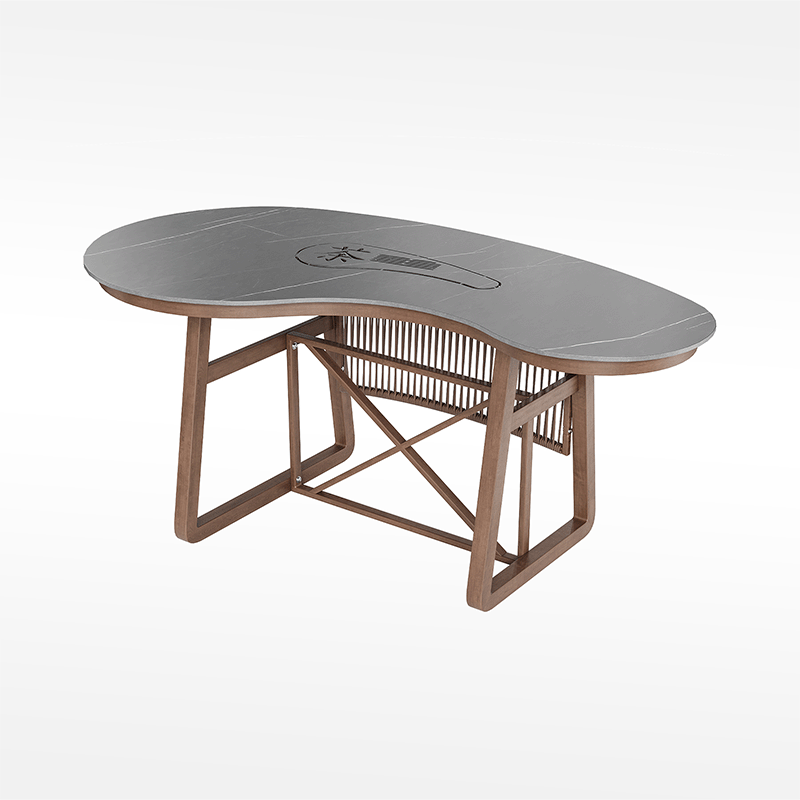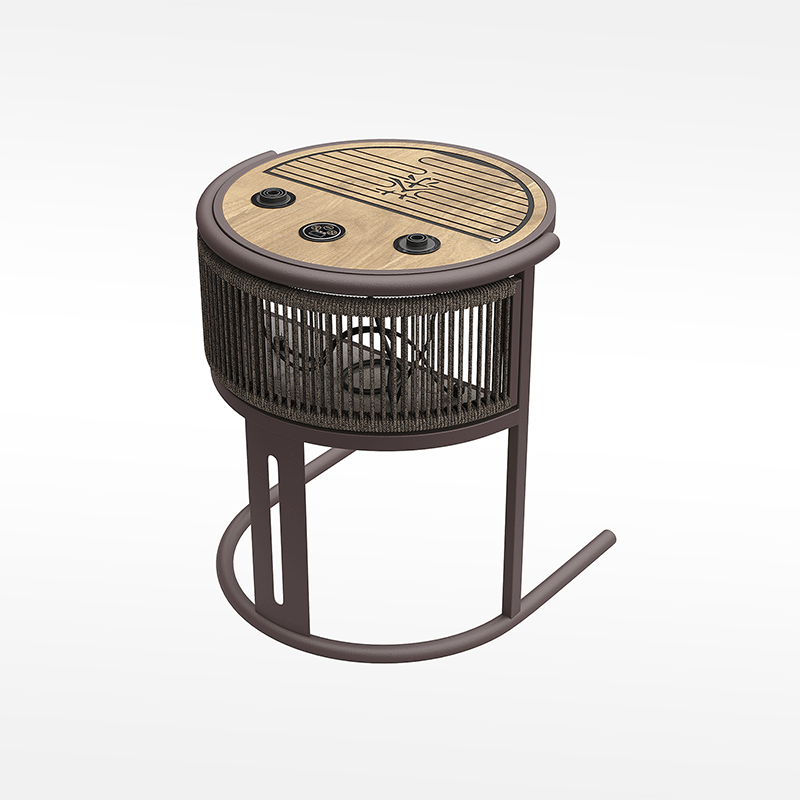The Ultimate Guide To Tea Tables

Tea tables have been a staple in homes for centuries, serving as both functional pieces of furniture and decorative accents. Whether you are a tea connoisseur, a collector of beautiful furniture, or simply trying to add a touch of elegance to your living space, this complete guide to tea tables will supply you with all the information you require.
Understanding the History of Tea Tables
The Origins of Tea Tables
Tea tables date back to the early 18th century, originating in Europe when tea drinking became a popular social activity. Initially, these tables were simple and functional, designed to hold a teapots, cups, and saucers. As tea culture progressed, so did the design and craftsmanship of tea tables, which became increasingly ornate and decorative.
Evolution Through the Ages
Over the years, tea tables have undergone significant changes in design and functionality. From the Georgian and Victorian eras, where ornate designs were prevalent, to the more minimalist and modern styles of the 20th and 21st centuries, tea tables have adapted to the changing tastes and lifestyles of society.
Cultural Significance
Tea tables are culturally significant in many places of the world. Tea tables are essential for traditional tea ceremonies in Asia, particularly in China and Japan. In Europe and America, they are often associated with afternoon tea, a practice that began in the 19th century.

Types of Tea Tables
Traditional Tea Tables
Traditional tea tables are often made from wood and feature intricate carvings and details. These tables are usually paired with classic furniture styles and are often found in formal living rooms or tea rooms.
Modern Tea Tables
Modern tea tables tend to have a minimalist design, with clean lines and a focus on functionality. Glass, metal, and composite materials are frequently employed, and these tables are often more adaptable, fitting well in modern or eclectic settings.
Foldable and Portable Tea Tables
For those who prefer flexibility, foldable or portable tea tables are an excellent choice. These tables are designed to be lightweight and easy to move, making them ideal for small spaces or outdoor settings.
Nested Tea Tables
Nested tea tables come in groups of two or more tables that fit perfectly together. They offer the advantage of saving space while providing extra surface area when needed. These tables are widely used in modern and transitional homes.
Antique and Vintage Tea Tables
Collectors and enthusiasts often seek out antique and vintage tea tables. These pieces are valued for their craftsmanship and historical significance. Restoring or maintaining such tables can be a rewarding hobby.

Choosing the Right Tea Table for Your Space
Consider the Room's Style
When selecting a tea table, it's essential to consider the overall style of the room. A traditional wooden table may look out of place in a modern living room, just as a sleek, glass-top table might clash with a room full of antique furniture.
Size and Proportion
The size of the tea table should be proportionate to the room and the surrounding furniture. A large table in a small room can feel overwhelming, while a small table in a spacious room may look insignificant. Consider the height of the table as well, ensuring it is comfortable for those seated around it.
Functionality and Use
Think about how you plan to use the tea table. Will it be primarily decorative, or will it serve as a functional piece for serving tea and snacks? Some tables include additional elements such as drawers, shelves, or wheels, which can enhance their utility.
Material and Durability
The material of the tea table will affect its durability and maintenance. Wooden tables have a classic appearance but may require extra maintenance, especially if they have complex detailing. Metal and glass tables are generally easier to maintain and can be more durable in high-traffic areas.
Budget Considerations
Tea tables are available at a wide range of prices, from affordable mass-produced options to high-end designer pieces. Determine your budget beforehand, and consider whether you are willing to invest in a quality piece that may last for decades or if a more temporary solution fits your needs.

Decorating with Tea Tables
Complementing Your Furniture
A tea table can act as a focal point in a room or blend seamlessly with existing furniture. Consider the color, texture, and design of your other pieces when choosing a tea table. Matching or contrasting elements can create a cohesive look or add visual interest.
Styling the Tabletop
The items you place on your tea table can enhance its aesthetic appeal. A beautiful tea set, fresh flowers, or decorative trays can add elegance. Consider adding books, candles, or art pieces that represent your style to give it a more personal touch.
Seasonal Decorations
Tea tables can be easily updated to reflect the changing seasons. In spring, consider adding fresh flowers or pastel-colored accessories. Warm-toned candles and rustic furnishings can help to create a pleasant ambiance in the fall. The possibilities are endless, and small changes can make a big impact.
Lighting Considerations
Proper lighting can enhance the beauty of your tea table and the items displayed on it. A strategically placed lamp can highlight the table's details and create a warm, inviting ambiance. For an added touch of elegance, consider a chandelier or pendant light above the table.
Conclusion
Tea tables are more than simply utilitarian pieces of furniture; they express your particular style and honor the rich heritage of tea culture. Whether you prefer a traditional wooden table or a modern glass design, Garden Story is ideal for you! We offer a wide range of fashion furniture to fit different applications. Please feel free to contact us for more product details!
